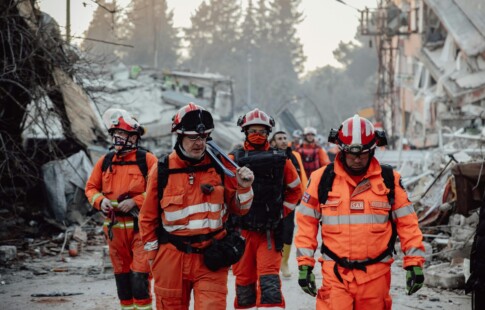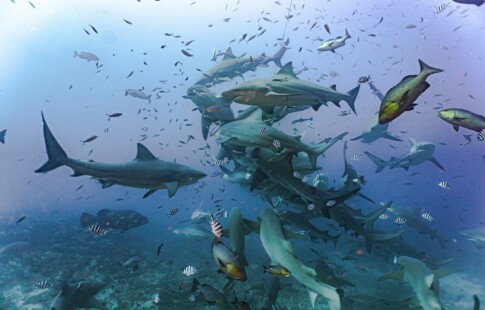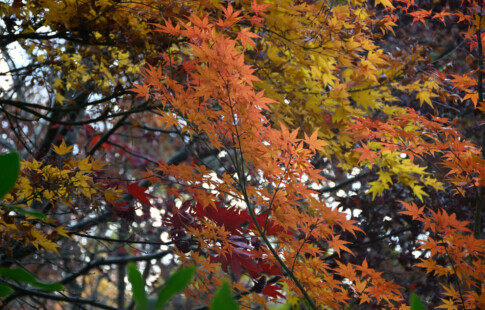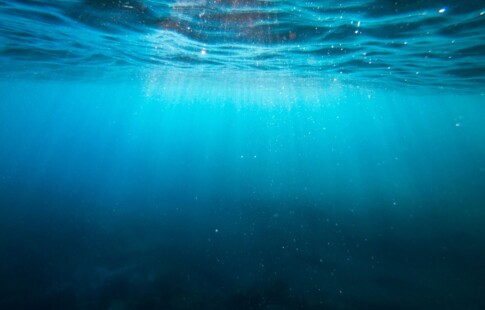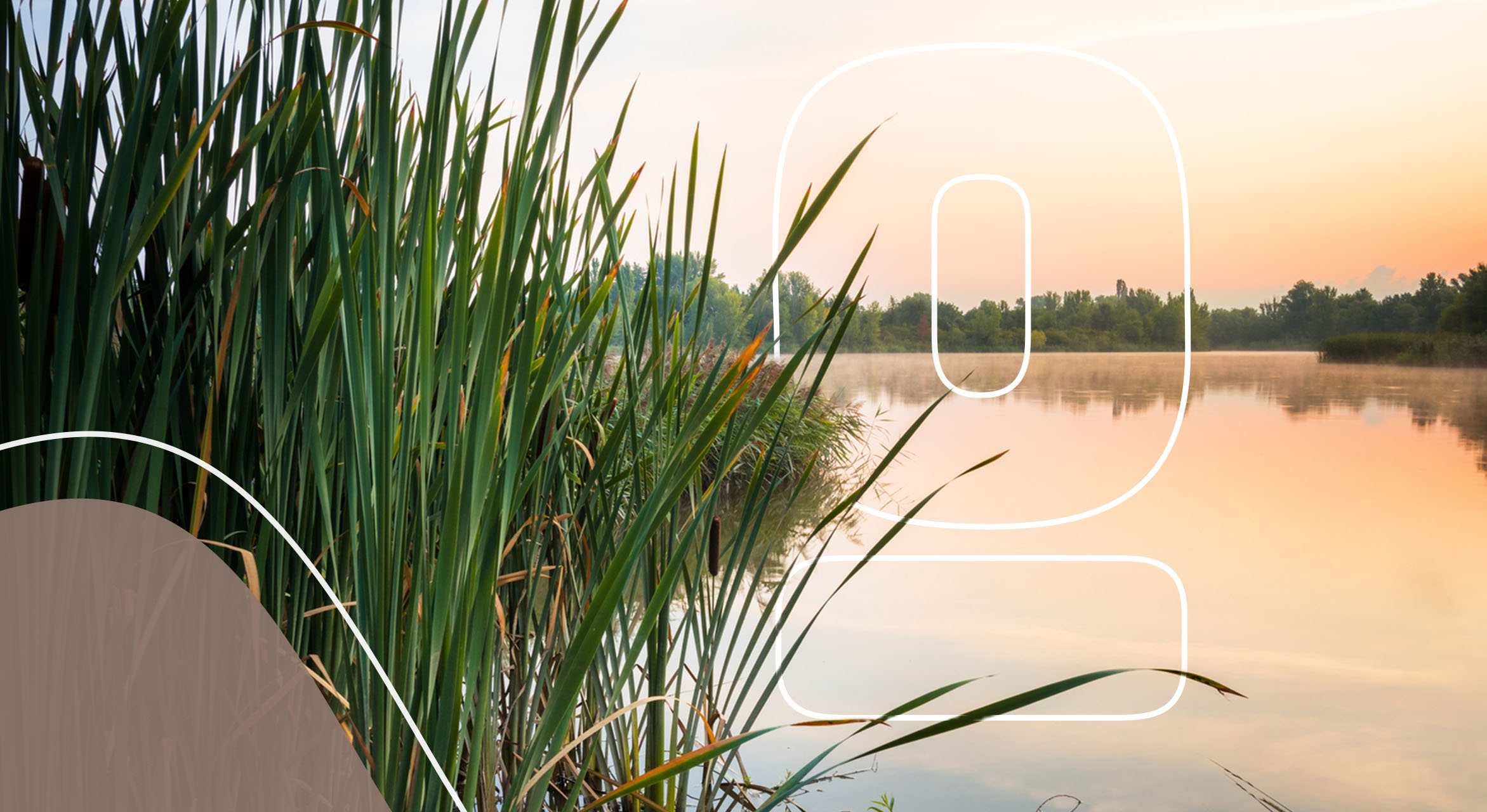
8 Facts About Wetlands
We are reader-supported. When you buy through links on our site, we may earn affiliate commission.
Water is one of the most essential natural resources on the planet. It sustains life in more ways than one. Without water, plants, animals and humans wouldn’t be able to survive.
Think about everything you use water for, like drinking, sanitation, agriculture, transportation, generating electricity and recreation. What would you do if you didn’t have access to water? Thankfully, the world has given us oceans, lakes, ponds, rivers, streams and even wetlands to get the water we need.
Wetlands are often overlooked and undervalued bodies of water. They truly don’t get the attention they deserve! Since 1900, about half of all of the world’s wetlands have disappeared, which is why conservation leaders are doing their best to conserve these natural wonders. By learning some facts about wetlands, we can better appreciate these invaluable parts of our planet.
Facts About Wetlands
A wetland is quite literally land that is super wet and saturated with water. Wetlands are home to a diverse range of species. Due to their land and water nature, they act like a waste-water treatment facility. Additionally, they do a fantastic job of storing carbon to keep the environment clean. They are also needed for the world’s food supply and security.
Hundreds of millions of people live near wetlands. They rely on them primarily for rice, which is a food staple in the diet of half of the world’s population. Besides supplying food, wetlands provide flood control and clean the water. Below are eight facts about wetlands so you can become more educated about this natural phenomenon.
1. “Wetland” Isn’t the Only Name for This Ecosystem
Wetlands actually go by many different names! You are probably familiar with most of the terms but didn’t know that they all encompassed a wetland. Some of those names include mangroves, marshes, estuaries, billabongs, swamps, ponds, mudflats, mires, deltas, coral reefs, floodplains, lagoons and bogs!
2. There Are Five Types of Wetlands
The National Oceanic and Atmospheric Administration (NOAA) classifies wetlands into five different types. They are marine, estuarine, riverine, lacustrine and palustrine. Wetlands are often found near waterways, which is why there are those five different categories. Each varies in its soils, topography, water chemistry, climate and vegetation, and animal life.
3. They Naturally Filter Water
One of the most incredible things about wetlands is that they have amazing filtering capabilities. They will filter out any runoff from agricultural areas or polluted regions through the wetland. It takes in any excess nutrients or harmful pollutants and lets out clean water. They’re able to do this through soil percolation and substance uptake by plants.
4. They’re the Most Biologically Diverse Ecosystem
Wetlands are one of the most diverse biomes on the planet. Since wetlands are entirely covered by water, they are humid and stay moist through every season. This provides the perfect atmosphere for many species. Plus, with all of the vegetation, they’re great for feeding. Additionally, they provide proper nutrients, allowing the food chains to be healthy.
5. Over ⅓ of Endangered Species Rely on Wetlands
Many of the world’s endangered species rely on wetlands, either directly or indirectly, for survival. When wetland habitats are destroyed for things like residential developments, the endangered species become closer to extinction. That’s what’s going on with the Florida manatee.
6. The World’s Largest Protected Wetland Is Llanos de Moxos
Fortunately, some of the planet’s wetlands are protected. The largest protected wetland is the Llanos de Moxos, found in Peru, Brazil and Bolivia. It stretches across 17 million acres, which is about the size of North Dakota. Llanos de Moxos is home to 100 species, 60 amphibians, 625 fish, 565 birds and over 1,000 plant species. While this is the largest protected wetland, the world’s largest overall is the Pantanal, which covers about 75,000 square miles.
7. Wetlands Help Fight Climate Change
Climate change has become a significant issue all around the world. Every day, its effects are becoming more visible with natural disasters, air pollution and plastic-filled waterways. Fortunately, wetlands can help reverse the effects of climate change because of their ability to store carbon, which is about five times greater than the carbon-storing capacity of rain forests. Wetlands lock away any matter that contains carbon.
8. They Prevent Flooding
Wetlands collect carbon, and they also collect and store water, which helps prevent flooding. They’re essentially the planet’s kidneys and the planet’s sponge! After they absorb floodwaters, they slowly allow the water to seep back into the ground. In just an acre of wetlands, they can store up to 1 million gallons of floodwater. This also helps keep rivers at an average level.
Protecting the Wetlands
Hopefully, these facts about wetlands show how interesting and exciting these landscapes can be. It’s super important to protect the wetlands found globally. Without wetlands, the effects of climate change would be much worse, and there would be more flooding, which would destroy communities.
Do your part in protecting the wetlands by planting more native plants, reducing the use of pesticides and cleaning up after yourself.
Share on
Like what you read? Join other Environment.co readers!
Get the latest updates on our planet by subscribing to the Environment.co newsletter!
About the author

Jane Marsh
Starting from an early age, Jane Marsh loved all animals and became a budding environmentalist. Now, Jane works as the Editor-in-Chief of Environment.co where she covers topics related to climate policy, renewable energy, the food industry, and more.
